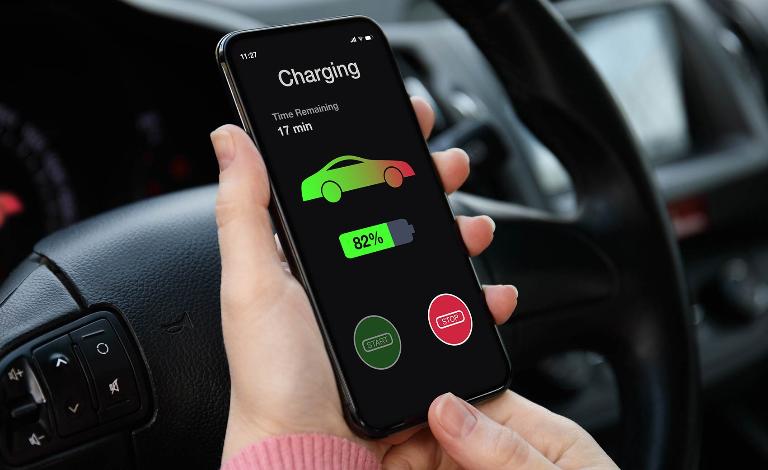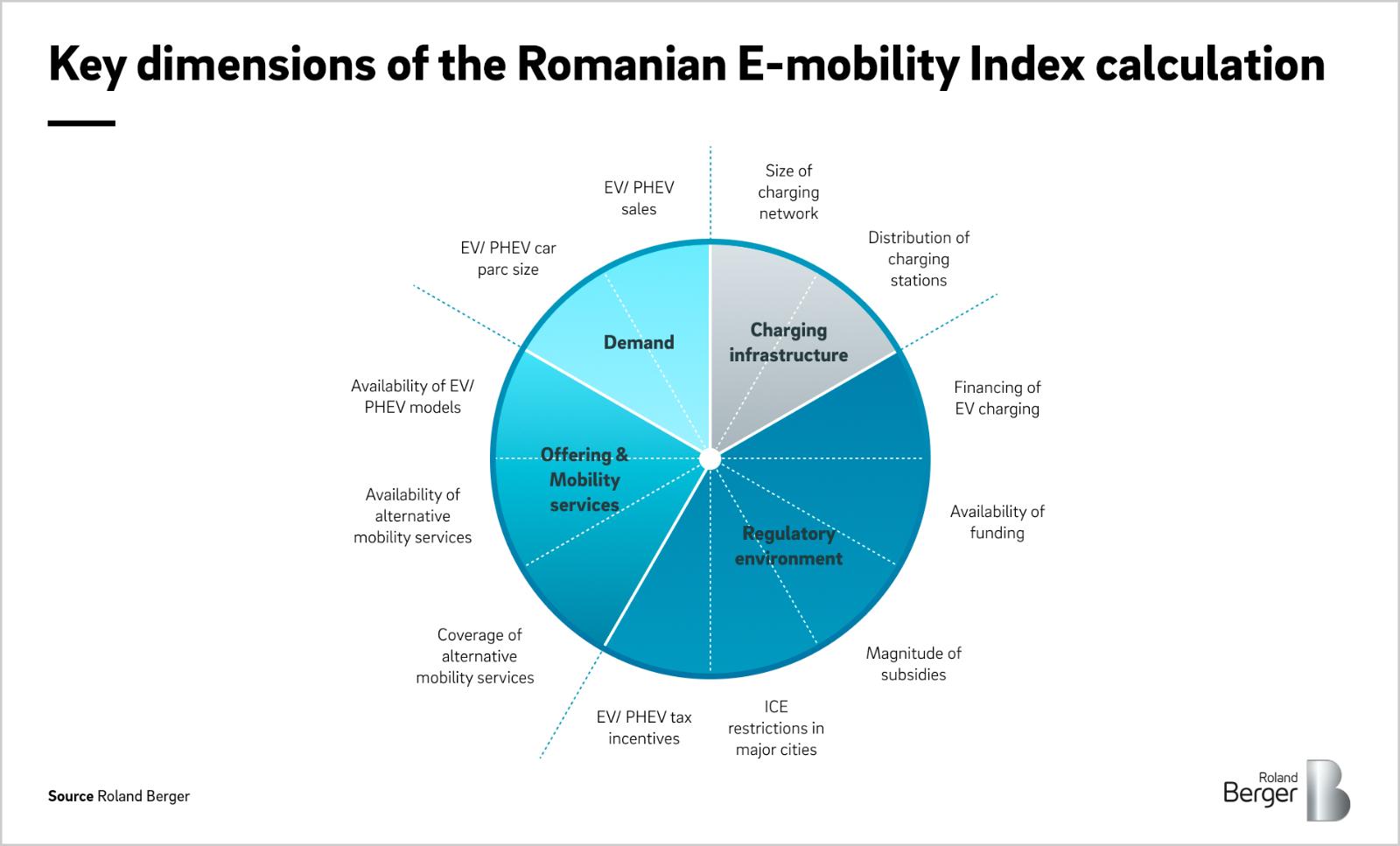Romanian E-mobility Index: No longer only a hot topic – Clear path for sustainable development
![{[downloads[language].preview]}](https://www.rolandberger.com/publications/publication_image/Roland_Berger_555_Romanian_E-mobility_Cover_download_preview.jpg)
About Romanian E-mobility Index (REI): REI is a bi-annual report that aims to increase the level of transparency with regards to the e-mobility ecosystem within the Romanian market by implementing a data-driven perspective, centered around the major developments, as well as related technologies.









